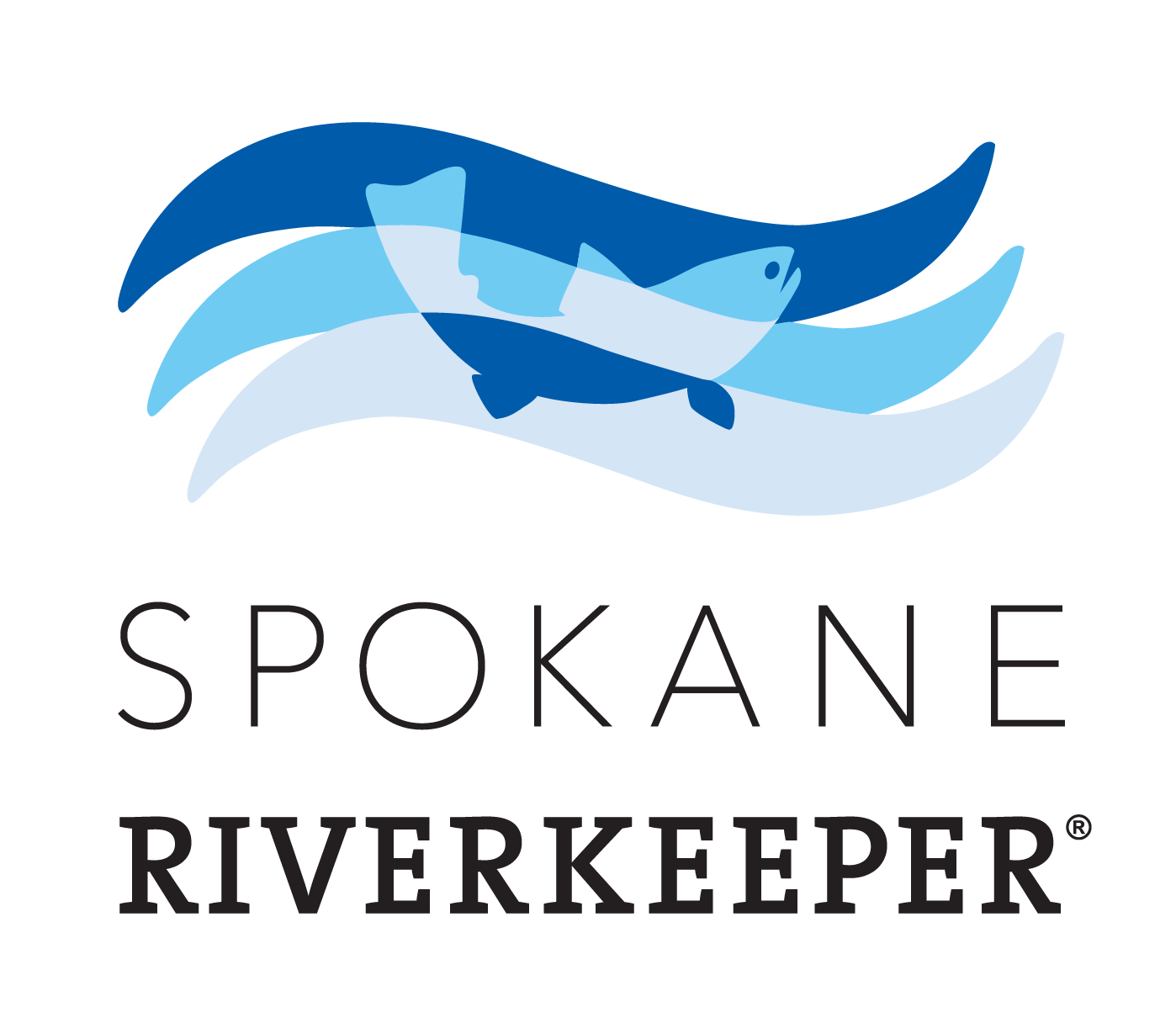The Environmental Protection Agency (EPA) has taken significant steps to address the issue of per- and polyfluoroalkyl substances (PFAS) pollution. This month, the EPA announced two major rule changes aimed at increasing accountability for PFAS contamination. These changes represent a crucial milestone in safeguarding our drinking water and environment from the harmful effects of PFAS chemicals, but there is still significant action needed to protect our waterways and environment from these harmful chemicals.
Why is this important?
Toxic “forever chemicals” known as PFAS are linked to several harmful health impacts, including cancer, liver damage, and developmental issues, and have contaminated drinking water sources across the country, including on the West Plains in Spokane County. PFAS can be found in everyday products like waterproof jackets, food packaging, stain-resistant fabrics, and nonstick pans. In 2022, a Waterkeeper Alliance study found at least one type of PFAS in 83% of 114 waterways tested across the country, including in the Spokane River.
New Regulation on PFAS Contamination in Drinking Water
On April 10, the EPA revealed a groundbreaking regulation to regulate PFAS contamination in drinking water. This new rule establishes a maximum contaminant level (MCL) for six PFAS chemicals, including PFOA and PFOS. By establishing MCLs for these six PFAS chemicals, the EPA aims to limit exposure and protect public health. Water systems across the country will be required to monitor and treat their water to ensure compliance with these new standards, thereby reducing the risk of harmful exposure to these toxic substances. With these new regulations, it is crucial for water systems, policymakers, and communities to work together to implement effective monitoring and treatment measures.
New Designation as a “Hazardous Substance”
On April 19, the Environmental Protection Agency (EPA) made a significant announcement regarding the regulation of PFOA and PFOS under the Comprehensive Environmental Response, Compensation, and Liability Act (CERCLA), commonly referred to as the Superfund program. The EPA has officially designated PFOA and PFOS as hazardous substances.
The Hazardous Substance designation for PFOA and PFOS allows for more rigorous clean-up and investigation efforts to be conducted under the Superfund program. CERCLA provides the EPA with the authority to respond to releases of hazardous substances and contaminants, including PFAS chemicals, to protect public health and the environment. With PFOA and PFOS now designated as hazardous substances under CERCLA, communities affected by PFAS contamination can expect more focused and comprehensive clean-up efforts. The EPA will work collaboratively with state and local authorities, as well as affected communities, to prioritize remediation projects and ensure that clean-up actions are effective and timely.
This designation increases transparency and accountability surrounding the clean-up of PFAS contamination. It empowers the EPA to hold responsible parties accountable for the release of PFOA and PFOS into the environment, ensuring that polluters bear the financial responsibility for remediation efforts.
More Action Needed: Regulating Wastewater Discharges of PFAS
While the EPA has made strides in regulating PFAS in drinking water, there is still work to be done to address wastewater discharges of PFAS into waterways. These discharges can come from various sources, including manufacturing facilities and wastewater treatment plants. Additionally,
Conclusion
The EPA's new regulations on PFAS contamination in drinking water and the call for regulating industrial discharges represent significant steps towards protecting public health and the environment from the harmful effects of PFAS chemicals. While these regulations are a positive development, continued vigilance and action are needed to address the broader challenges posed by PFAS pollution.
Stay informed, get involved, and advocate for clean water and a healthier environment for all. Together, we can make a difference in combating PFAS contamination and ensuring a safer future for generations to come.

